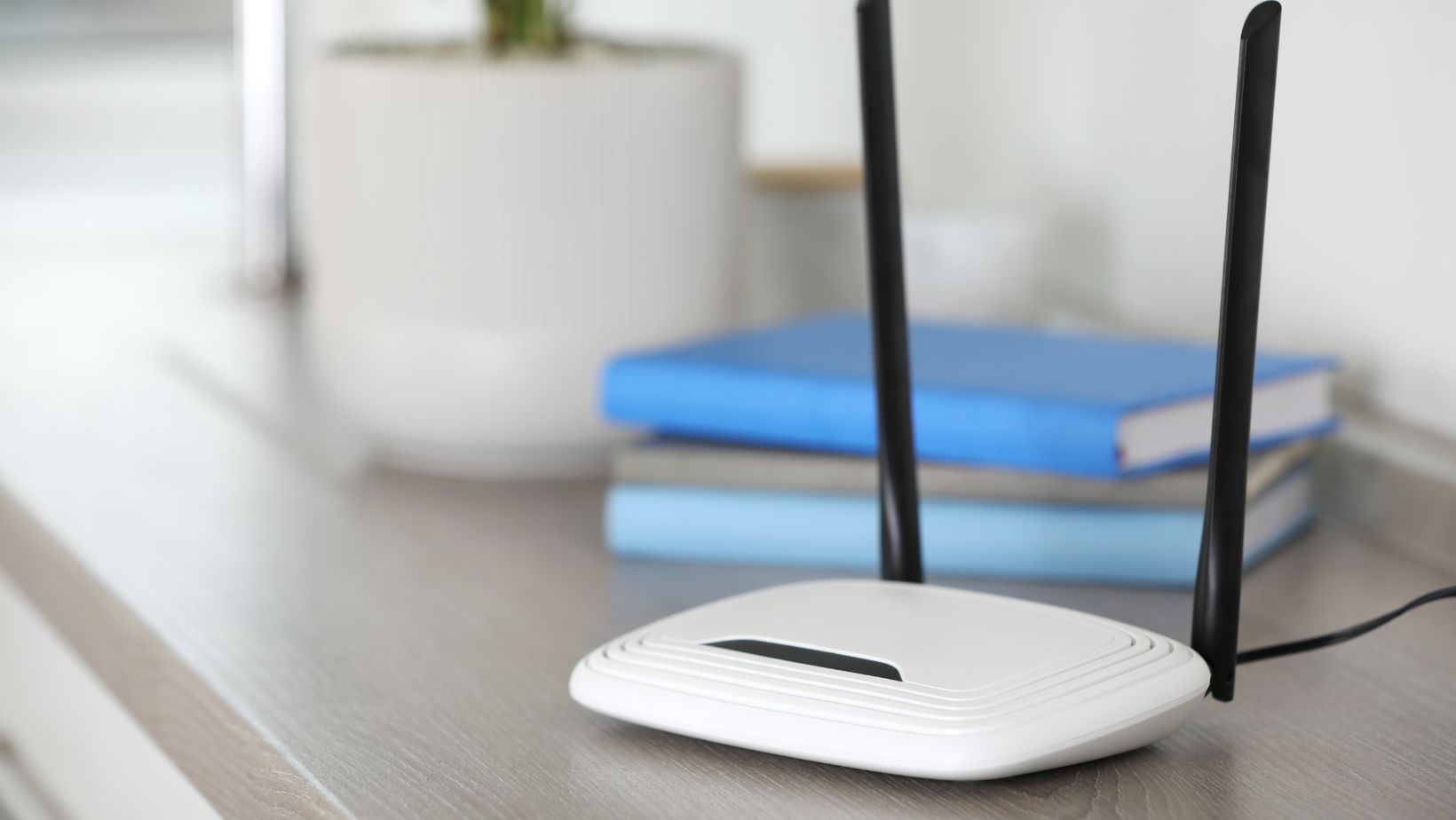Having high-speed and reliable internet at home is essential, whether for streaming, browsing, or working from home with video calls. A secure and well-functioning Wi-Fi network is crucial. Wi-Fi plans and packages are only effective if the home network is properly set up and maintained. This article outlines the easy steps to set up a home Wi-Fi network.
What is a Home Network Setup?
A network setup is collection of devices interlinked to a single home network and each other. The devices vary from printers to computers, gaming consoles to mobiles, and every IoT (Internet of Things) device found at home. Users connect the network devices through cables, create wired connections, or use home Wi-Fi to establish wireless connections. The home network enables users to interact with all devices and handle security settings from the connected/networked gadgets from one location.
Getting Hold of the Right Router
The first step in setting up a home Wi-Fi is to get the right router. It is critical to understand factors like the potential distance between the connected home devices and the router, the level of interference depending on the nearby operating devices, security, and the required transfer speed. It is wise to invest in a router with the latest wireless encryption, like WPA2.
Connecting the Router to the Modem and the Computer with the Ethernet Cable
The next step involves connecting the router port (WAN/WLAN/Internet) to the modem using an Ethernet Cable. To successfully connect, the router should be switched on. Further, connecting the computer’s LAN port with the Ethernet cable configures wireless home Wi-Fi settings. Though it is unnecessary, it helps maintain the connection to the router without losing it.
Installing Router Software and Opening the Configuration Page
When the router has software, the users should install it on the computer. It follows by choosing and entering the name of the home Wi-Fi and includes complex and hard-to-hack passwords. If the router is available without the software, the users should connect the router’s configuration page through web browsers.
Users should enter the routers’ web addresses on the web browsers. It provides the manual for installing the software by entering usernames and passwords.
Entering the Information and Securing the Router
In this step, the users should enter the DNS information and the IP address. Most modern routers will automatically enter the information. If it doesn’t, users can gather the information by connecting to the Internet Service Provider (ISP). Most users ignore securing the router when setting up a home Wi-Fi network. One of the highlights of securing routers is that they deliver the highest level of protection or security to all the connected devices on the home wifi network against cyberattacks and malicious online threats. Updating the router firmware, changing the default username and password, encouraging a strong firewall, and setting up guest networks are critical for securing the router.
Considering the Wireless Setup
The wireless home setting allows users to change the Wi-Fi network’s name. It appears on devices when they identify or detect the home network.
For optimal protection and security, experts recommend that the security encryption be up-to-date and of the latest version (mostly WPA2). Further, users can enter a password of their choice and strengthen the home Wi-Fi network.
Figuring Out the Placement and Connecting the Device
After configuring and saving the wireless setup, the user should place the router in a strategic position. It is critical because it facilitates new Wi-Fi connections to enjoy the maximum network coverage. Physical obstacles like pillars, doors, and concrete walls between the devices and the Wi-Fi router restrict home users from enjoying optimal connectivity. The final step involves connecting the devices to the home Wi-Fi network. The devices scan the available network, and after showing SSID, users enter the WPA2 encryption-enabled password. The device connects to the network and enjoys web browsing.
Conclusion
Setting up a home Wi-Fi network is as challenging as it might seem. Users follow the step-by-step process to set up a seamless, secure, reliable home internet connection. Users should browse packages and plans and enjoy the best connectivity to avail themselves of the best Wi-Fi plans.




More Stories
How to Use Promotional Products in B2B Marketing
Mastering Financial Growth: Strategies to Build Wealth in 2024
Why WooCommerce Is the Great Choice for Growing eCommerce Businesses